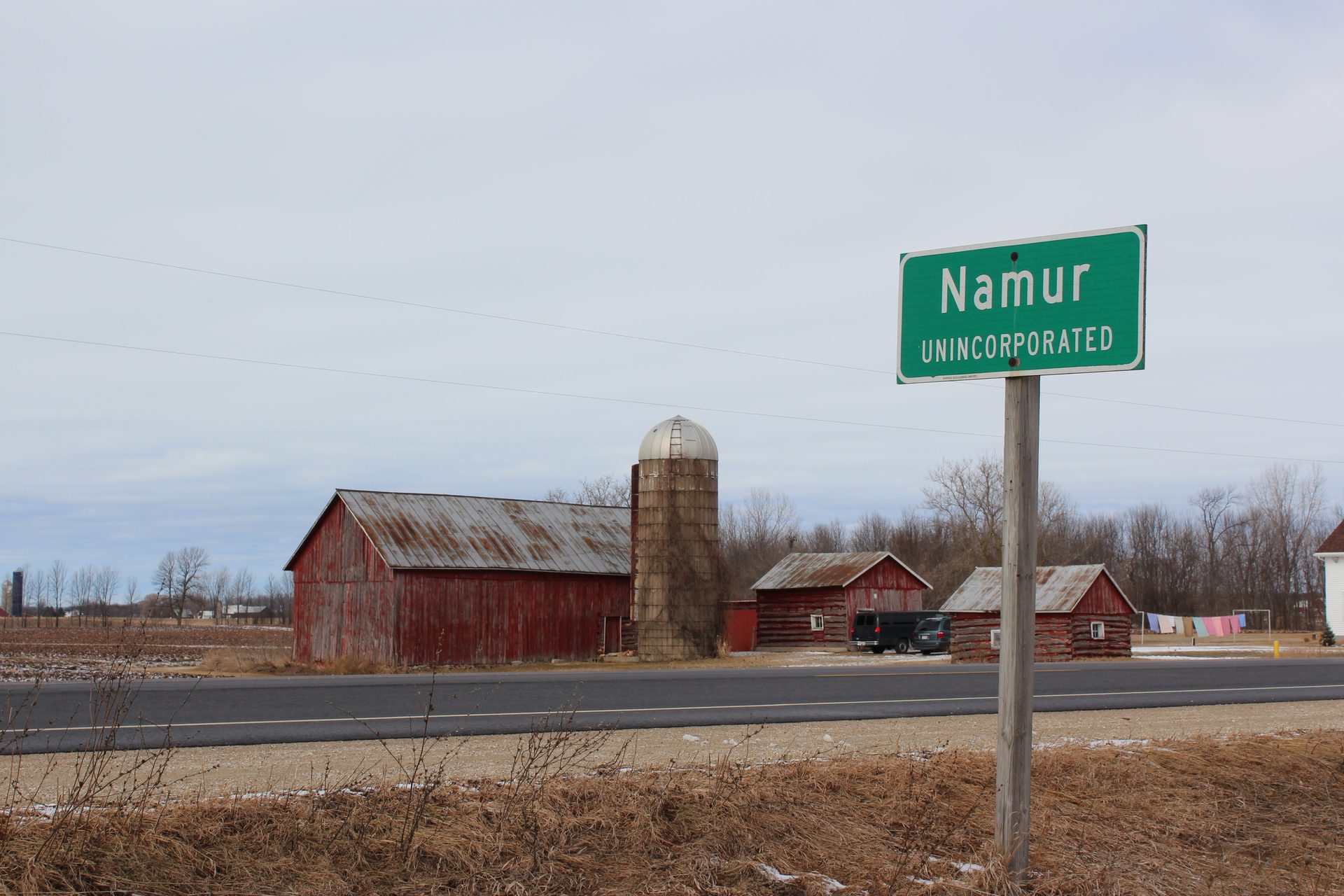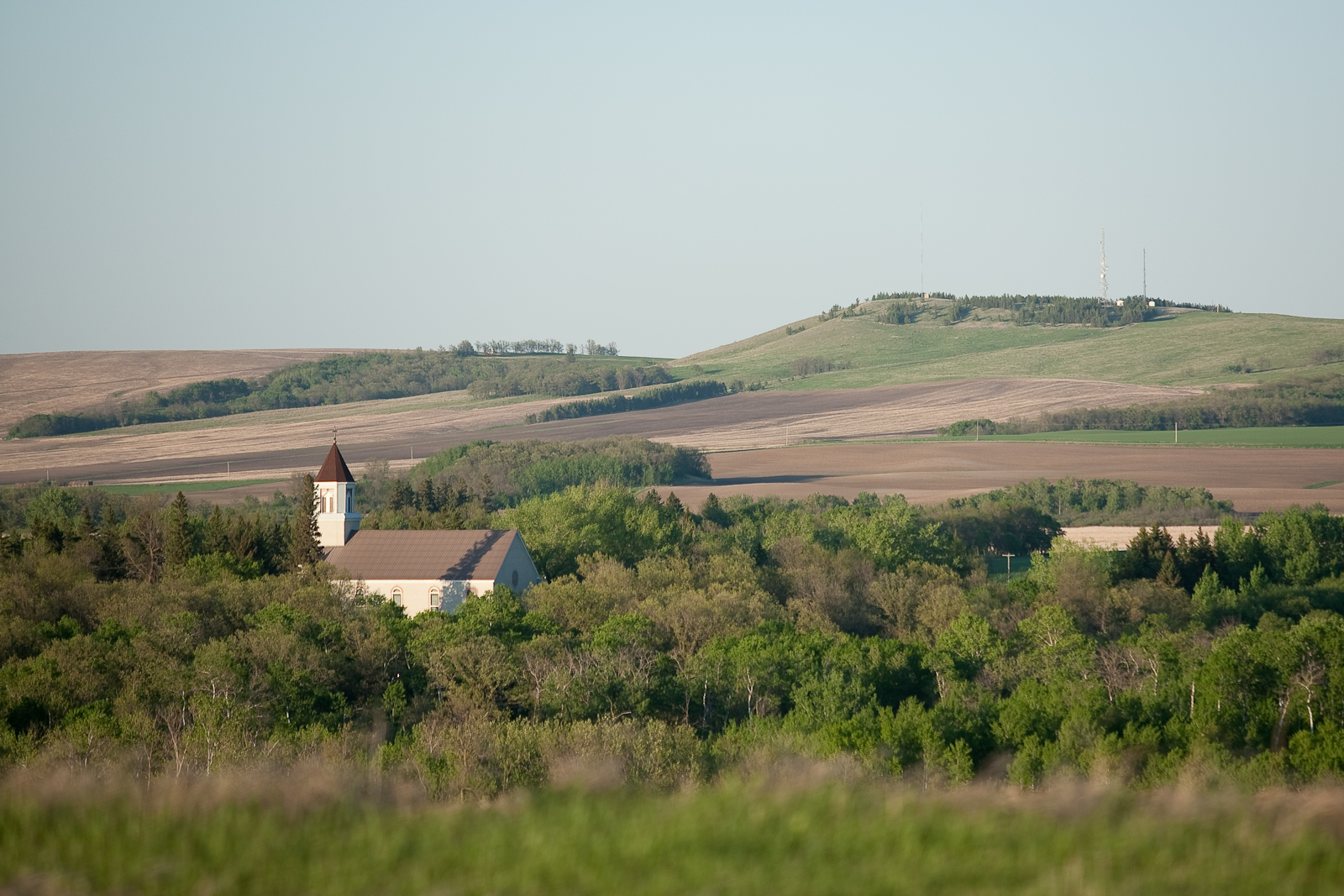Despite our strong love for Belgium, sometimes we have a desire to explore beyond the compact country nestled at the centre of Europe. Fortunately for Belgo-philes, it is possible to travel across North America without ever leaving the comfort of Brussels.
From the shores of Lake Hudson to Michigan, to as far as rural Winnipeg and even the outskirts of St. Louis, this whistle-stop tour of Brussels has it all. But be warned, it takes 33 hours.
Brussels, OA (Canada)

Credit: Brussels Ontario/Facebook
Distance gives a better perspective on what has become familiar. The start of our journey takes us from Brussels to Brussels… Ontario. First settled in 1853 under the name Ainleyville, named after the founder of the settlement, it was later incorporated under the name of Brussels in 1872.
According to the Huron County Museum, local railway workers were given the opportunity to choose the official name for settlement. Many were reportedly of "European" descent and chose to name the settlement after Brussels, which became the capital of an independent Belgium just 30 years prior.
Others claim that the city was named by John Scott, a man of Belgian descent who proposed the name in honour of his hometown. But local historian David Yates says that the real reason for the name "remains obscure."
Many Belgians moved to Canada in the mid-19th century, attracted by the promise of free farmland. These immigrants received preferential status from the British-controlled Dominion of Canada for their French-language skills and regular steamship crossings from Antwerp brought thousands of Belgians to the country.
As of 2011, there were believed to be 176,615 Canadians of Belgian descent living across Canada. In Brussels Ontario, little remains of any discernible Belgian culture. This is not the case as we continue our journey into the heartland of 19th-century Belgian immigration.
Brussels, WI

Namur is an area of Brussels with a significant population of Walloon speakers. Credit: NEW Namur/Wikimedia Commons
Crossing the border to the United States, and skirting around Lake Michigan, we once again arrive in Brussels, in the US state of Wisconsin. Brussels is a small town in Door County and home to one of the largest communities of ethnic Walloons and Flemish in North America.
The town was first settled in 1858, quickly becoming a hub for French-speaking immigration from Belgium. A wave of immigration in 1853-1857 brought around 2,000 Belgians to Wisconsin. The descendants of these first settlers still form a significant part of the population of Brussels today.
The streets and districts still bear the names of many Walloon cities and areas (Namur, Rosiere, Luxemburg) and an annual Kermesse/Kermis still showcases traditional Walloon foods such Booyah (a type of new world Belgian-inspired stew), Belgian Trippe sausages, and Jutt (a type of cooked cabbage dish).
Editor's note: A short documentary on the history of the Belgian community in Door County, home to one of the largest concentrations of Belgian French-speakers in North America.
The most unique lasting relic of the town's Belgian heritage is its ageing population of Wisconsin Walloon speakers. This form of the old Walloon language is now spoken by as few as 50 people as of 2021. The use of the language was strongly discouraged by the US school system and is now maintained by a preservation project and by the Belgian Heritage Centre.
Sadly, little of Brussels’ architectural heritage survives after the Peshtigo Fire – a large forest fire that in 1871 destroyed almost all the wooden buildings in the town. Hints to the town’s Belgian past still remain, such as some Belgian-style brick buildings with rear bake ovens, as well as small roadside Catholic churches.
Brussels, IL

Credit: Village of Brussels, Illinois/Facebook
Driving south we enter Brussels once again, this time in the US state of Illinois. Situated in Calhoun County, the town is strategically located between the Mississippi and Illinois rivers and is notably home to a population of rare bald eagles.
The Brussels Historic District was included in the US National Register of Historic Places in 1998.
The town was first settled by Germans in 1822, but later received its name from the town’s first resident priest, Father John Moliter, who died just three months after reaching the town. The community can be reached by just one road.
In honour of Moliter, his congregation decided named their town after his birthplace. Nowadays, it is famous for its outstanding natural beauty and fertile farming land.
Bruxelles, MB (Canada)

Credit: Bussche/Wikimedia Commons
Driving back north, we cross the border again into Canada. Not far from Winnipeg, we arrive in Bruxelles, in the province of Manitoba. This area of Canada has statistically the highest population of ethnic Belgians in all of Canada.
Yet it might be the smallest Brussels in the world, comprising no more than just a small community with a few streets, some country lanes and sleepy rural farmhouses. The Bruxelles community was settled mostly by Belgians and Québécois in 1888. Several buildings from this era are preserved, including the Sainte Marie School and the Bruxelles Church, which is registered as a heritage site.
In 2003, the community was the setting for National Film Board of Canada animated short Louise, which explored a day in the life of the filmmaker Anita Lebeau’s 96-year-old Belgian-Canadian grandmother, who was a resident in the community. The short film received six international awards.
Related News
- Belgium's pilgrimage trails provide preparation for Santiago de Compostela
- Brussels folklore: The annual planting of the 'Meyboom'
A trip for Flanders lovers
While the majority of US town names of Belgian origin are Walloon or French-language (Liège, Charleroi, Rosiere, Bastogne, Waterloo, and Brussels), several also bear the name of Flemish cities and towns.
Lovers of Flemish cities can also make their way across the length of the US and Canada visiting familiar-sounding towns. Notably, there are eight towns and villages in the US called Ghent, and two Antwerps. There is also a settlement in New York named after the village of Watervliet in East Flanders, and New Jersey's Hoboken is inspired by the name of the Antwerp district.
Traversing North America, we've discovered pockets of Belgium in the most unexpected places. From Wisconsin's culinary delights to Illinois' scenic beauty, every stop is a reminder of Belgium's rich heritage. While continents apart, the spirit of Belgium can still be found in these distant lands.

